Every year, counterfeit medications kill an estimated 1 million people worldwide. These aren’t just poor-quality copies-they’re dangerous fakes made in secret labs, often laced with toxic chemicals, wrong doses, or nothing at all. And they’re easier to find than you think. You might buy one thinking it’s your regular prescription, only to realize too late that the pill looks different, the bottle smells off, or you’ve had a strange reaction you’ve never had before.
What Exactly Is a Counterfeit Medication?
A counterfeit medication is any drug that’s been deliberately and fraudulently mislabeled. It might look like your OxyContin, Xanax, or even a newer weight-loss drug like Mounjaro® or Ozempic®, but it’s not what it claims to be. Some contain the right active ingredient but in the wrong amount-too little to work, too much to be safe. Others have no active ingredient at all. Some are laced with fentanyl, rat poison, or industrial chemicals. The World Health Organization says these aren’t just mistakes-they’re criminal acts. The real danger? They’re made to fool you. Counterfeiters use high-quality printing, copy packaging down to the font size, and even replicate holograms. You can’t always tell by looking. But there are signs-if you know what to watch for.Warning Signs You Might Have a Fake Pill
If you’ve been taking a medication for months or years, you know what it’s supposed to look and feel like. When something changes, pay attention.- The pill looks different. Same color? Maybe. But is it a different shape? Smaller? Bigger? Does the imprint (the letters or numbers stamped on it) look blurry, faded, or misaligned? Legitimate pills are made with precision. Fake ones often have uneven edges, cracks, or a bubbly coating.
- The packaging is off. Check the label. Are there spelling errors? Wrong pharmacy name? Missing lot number or expiration date? Is the paper texture different? Are the fonts slightly off? Fake labels often use cheaper materials-colors may be duller, printing less sharp.
- The smell or taste is weird. If your usual pill tastes slightly bitter or metallic, and now it tastes sweet, sour, or chemical, that’s a red flag. Some counterfeits are made with chalk or sugar as fillers, which changes how they dissolve in your mouth.
- The bottle or box feels cheap. Does the cap rattle? Is the seal broken or poorly glued? Are there tears in the shrink wrap? Legitimate manufacturers use tamper-evident seals. Fakes often skip this step-or fake it poorly.
- You’re having new side effects. If you suddenly feel dizzy, nauseous, or have chest pain after taking a pill you’ve taken before without issue, stop taking it. Call your pharmacist or doctor immediately.
Even experts admit: you can’t be 100% sure just by looking. That’s why the FDA and Pfizer both stress that only lab testing can confirm authenticity. But these signs? They’re your first line of defense.
Where Are These Fake Drugs Coming From?
Most counterfeit medications don’t come from your local pharmacy. They come from online sellers who operate outside the law. The National Association of Boards of Pharmacy found over 10,000 illegal online pharmacies selling fake drugs. Many look professional-complete with fake licenses, customer reviews, and even fake doctors offering “online consultations.” But they don’t require real prescriptions. Some even advertise on Instagram, Facebook, or encrypted apps like Telegram, targeting people looking for cheaper versions of expensive drugs like semaglutide (Ozempic®) or tirzepatide (Mounjaro®). In 2024, the FDA issued a warning about fake Ozempic® pens circulating in the U.S. These weren’t just pills-they were entire injection pens, packed with incorrect concentrations or no active ingredient at all. The same goes for counterfeit versions of Muro 128 eye ointment and other specialty products. Even street dealers are getting involved. The DEA reports that criminal networks are flooding communities with fake oxycodone and Adderall pills-designed to look exactly like the real thing. Many of these pills contain fentanyl, which can kill in tiny amounts. People think they’re taking a prescribed dose. They’re not. They’re taking a death sentence.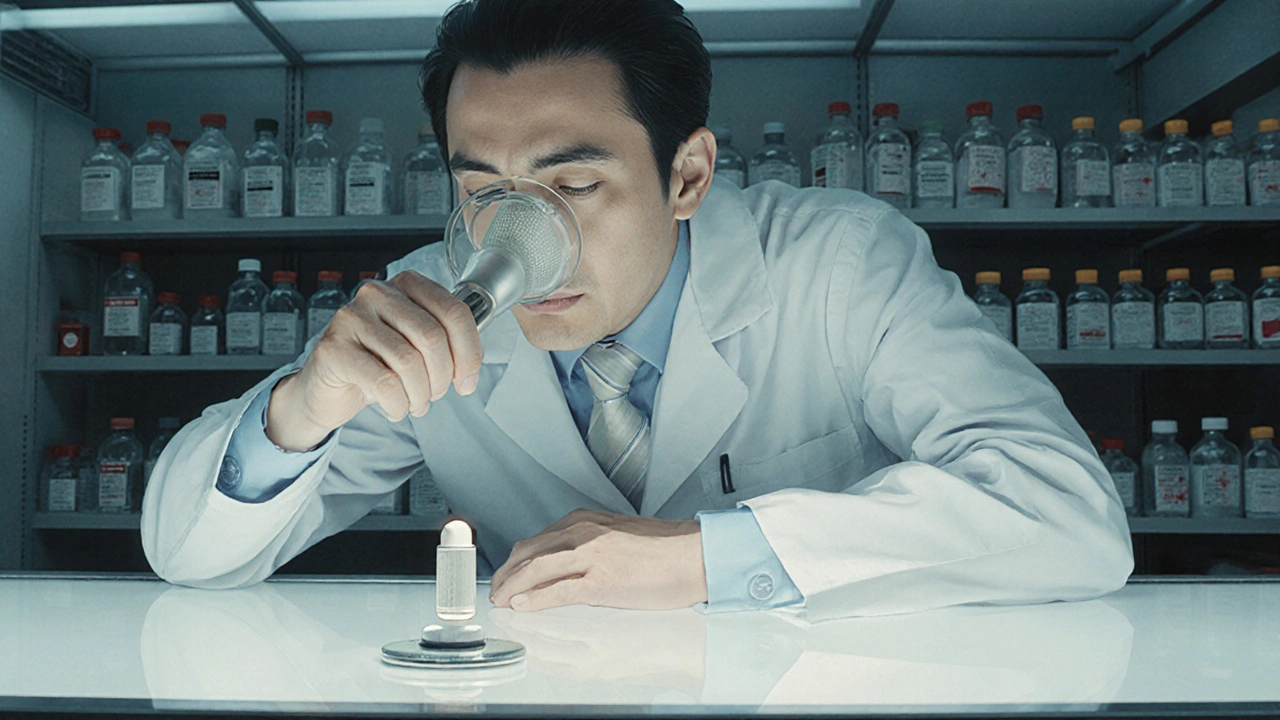
How to Protect Yourself
You don’t need to live in fear. But you do need to be smart.- Only use licensed pharmacies. If you’re buying in person, stick to pharmacies you know-ones with a physical address, a licensed pharmacist on staff, and a clear connection to your doctor. Avoid “pharmacies” in strip malls or gas stations with no visible credentials.
- Buy online? Only use VIPPS-certified sites. The Verified Internet Pharmacy Practice Sites (VIPPS) program, run by the National Association of Boards of Pharmacy, lists only legitimate U.S. online pharmacies. Look for the VIPPS seal. If it’s not there, don’t buy.
- Never buy from social media or text messages. If someone messages you on Instagram saying, “I have Ozempic for $50,” walk away. No legitimate pharmacy sells controlled drugs that way.
- Ask your pharmacist. If your pill looks different, don’t assume it’s just a new batch. Ask: “Is this the same medication I’ve been getting?” Pharmacists can check the manufacturer’s lot numbers and alert you to known counterfeits.
- Don’t take pills from friends. Even if they say it’s “just extra,” you don’t know where it came from. A friend’s leftover Adderall could be a fentanyl-laced fake.
- Check the price. If it’s too good to be true, it is. Genuine branded drugs like Ozempic® cost hundreds per pen. If you see it for $20 online, it’s fake. Counterfeiters lure people in with deep discounts.
What to Do If You Suspect a Fake
If you think you’ve been given a counterfeit medication:- Stop taking it. Don’t wait for symptoms. Don’t flush it. Keep it.
- Call your pharmacist or doctor. They can help you get a replacement and report the issue.
- Report it. In the U.S., report to the FDA’s MedWatch program. In Australia, contact the Therapeutic Goods Administration (TGA). In Europe, use the EudraVigilance system. Even if you’re not sure, report it. Your report could help stop a dangerous batch from reaching others.
- Call the manufacturer. Companies like Eli Lilly, Pfizer, and Novo Nordisk track counterfeit reports. If you have a lot number, call their customer service. They can tell you if that batch is real.
Pharmaceutical companies keep detailed records of counterfeits. Sometimes, they’ll release public alerts. If you’ve been taking a drug that’s been flagged, you’ll want to know.
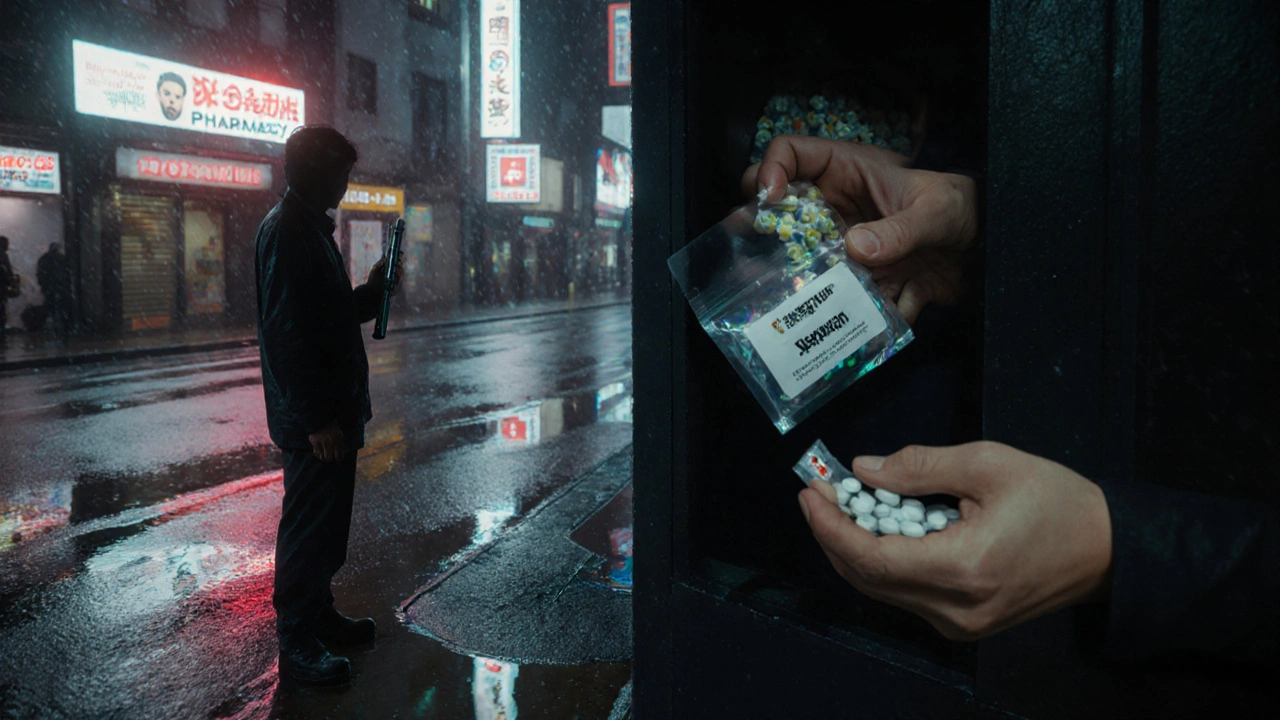
Why This Matters More Than Ever
The rise of GLP-1 drugs for weight loss and diabetes has created a perfect storm. These drugs are expensive. Demand is sky-high. That means more people are tempted to buy them online. And more criminals are stepping in to profit. In 2024, the WHO issued a global alert about falsified injectable versions of Mounjaro®, Zepbound®, and tirzepatide. These weren’t just pills-they were vials and pens sold as legitimate. Patients were injecting fake drugs, risking infection, poisoning, or complete treatment failure. The good news? Governments and companies are fighting back. The U.S. Drug Supply Chain Security Act now requires every prescription drug to have a digital serial number, making it easier to trace where it came from. But that system isn’t perfect yet. And it doesn’t help you if you buy from a shady website. Your safety doesn’t depend on regulations. It depends on you.Final Reminder: Trust Your Instincts
You know your body. You know your medication. If something feels off-change in color, taste, packaging, or effect-don’t ignore it. Don’t rationalize it. Don’t think, “It’s probably fine.” Counterfeit drugs are designed to look real. But they’re never safe. And you don’t need to be a scientist to spot the warning signs. Just pay attention.If you’re unsure, talk to your pharmacist. They’re trained to catch these things. And if you ever feel like you’re being pressured to buy a drug online, or someone’s offering you a miracle price on a prescription you need-walk away. Your life is worth more than a discount.
How can I tell if my medication is counterfeit just by looking at it?
You can spot some signs-like pills that are the wrong shape, color, or size; blurry lettering on the tablet; packaging with spelling errors; missing lot numbers or expiration dates; or a strange smell or taste. But counterfeiters are getting better. The only way to be 100% sure is lab testing. If something feels off, don’t take it-call your pharmacist.
Are online pharmacies ever safe to use?
Only if they’re VIPPS-certified by the National Association of Boards of Pharmacy. These are U.S.-licensed pharmacies that require a valid prescription and follow strict safety rules. If a website doesn’t display the VIPPS seal, doesn’t require a prescription, or offers drugs at prices far below market value, it’s likely illegal and dangerous.
Can counterfeit drugs be dangerous even if they contain the right ingredient?
Yes. A fake version of your blood pressure pill might have the right active ingredient-but the dose could be too low to work, or too high and cause a stroke. Some counterfeits have extra fillers like fentanyl, lead, or rat poison. Even if the main ingredient is correct, the manufacturing isn’t controlled, so the risk is still very real.
What should I do if I bought fake medication online?
Stop using it immediately. Keep the packaging and pills as evidence. Contact your doctor or pharmacist to get a safe replacement. Report the website to the FDA (in the U.S.) or your country’s health authority. If you feel sick, seek medical help right away. Don’t wait.
Why are counterfeit drugs so common now?
High demand for expensive drugs-like Ozempic®, Mounjaro®, and Xanax-combined with easy access to online marketplaces and social media has created a gold rush for criminals. These drugs can cost hundreds, but fake versions cost pennies to make. With little risk and high profit, counterfeiters are flooding the market.
Can I trust a pharmacy that’s not local?
Only if it’s licensed in your country and follows your country’s regulations. A pharmacy based in another country might not be held to the same safety standards. Even if it looks professional, it may not be inspected or regulated. Stick to pharmacies you can verify through official health authorities.




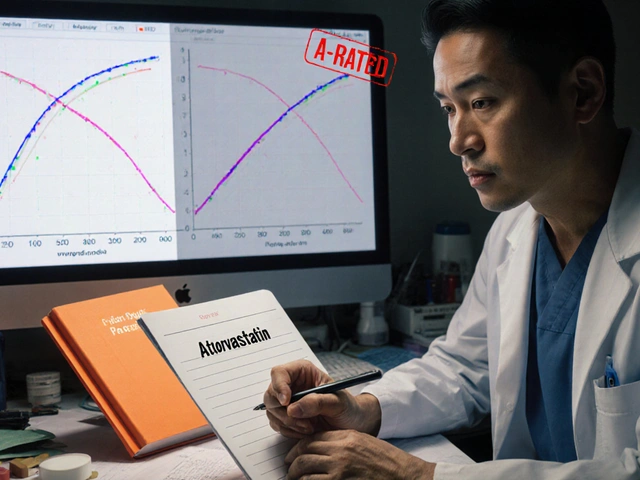

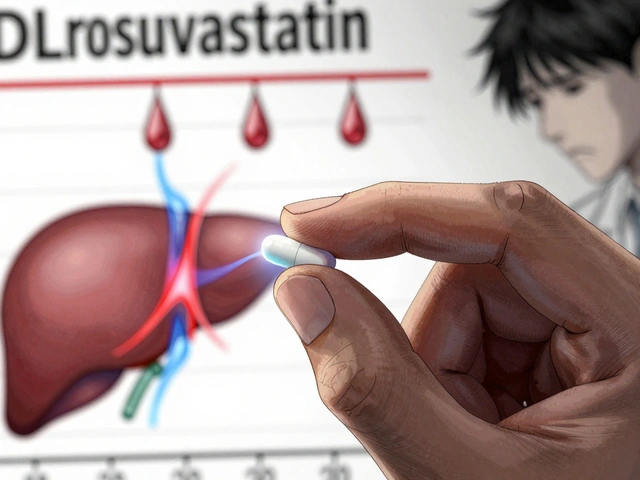
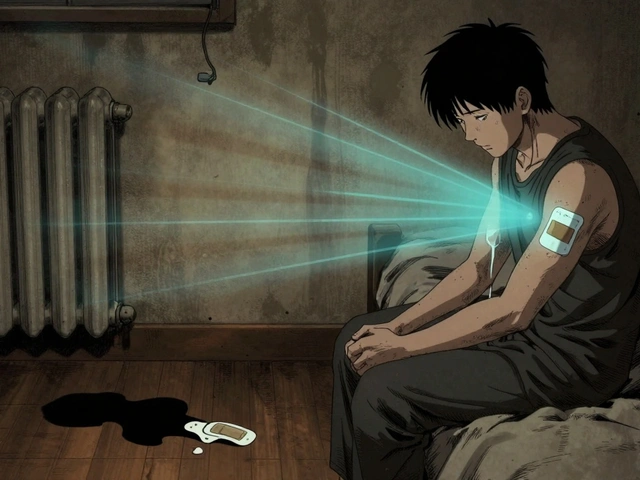
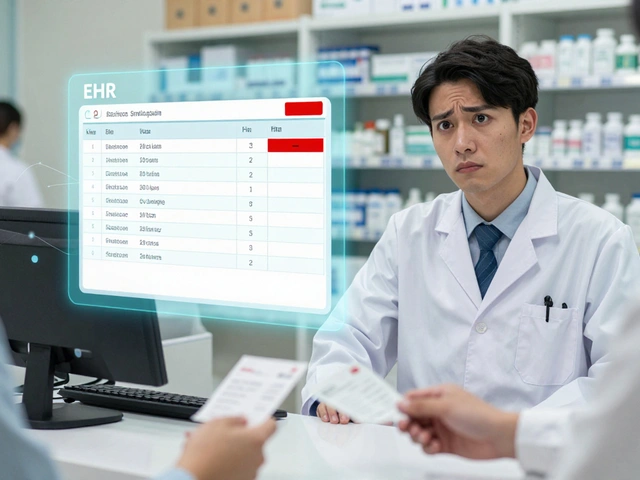
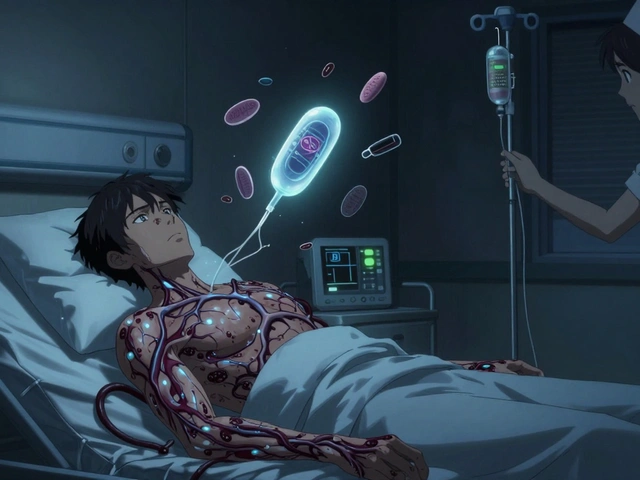

Ravinder Singh
20 Nov 2025 at 23:55Man, I just checked my Ozempic pen last week and noticed the cap felt looser than usual 😅 Thought I was being paranoid-but now I’m glad I did. Took it to my pharmacist and they confirmed it was legit, but we both agreed: better safe than sorry. These fakes are getting scarily good. I’ve seen people buy them on Instagram for $30 and think they’re heroes. Bro, that’s a one-way ticket to the ER.